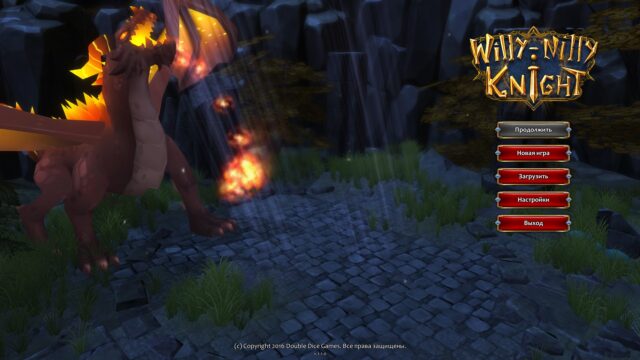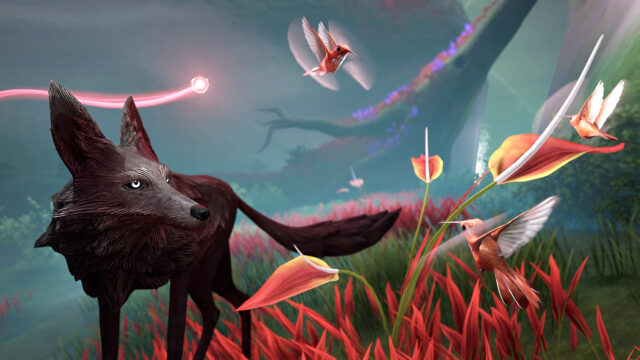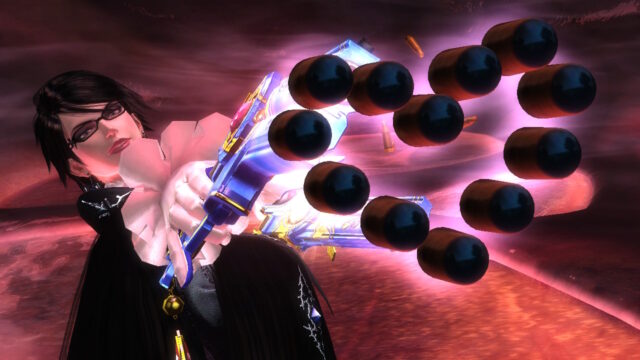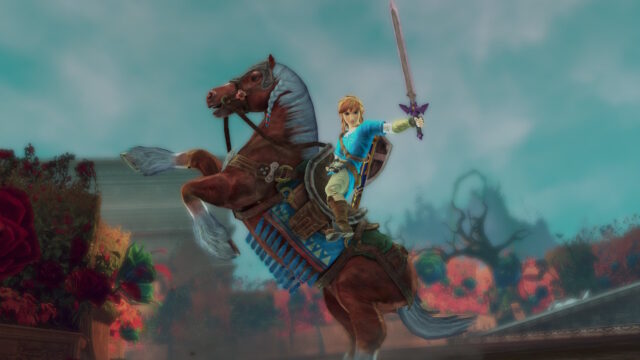Trine 2 Review
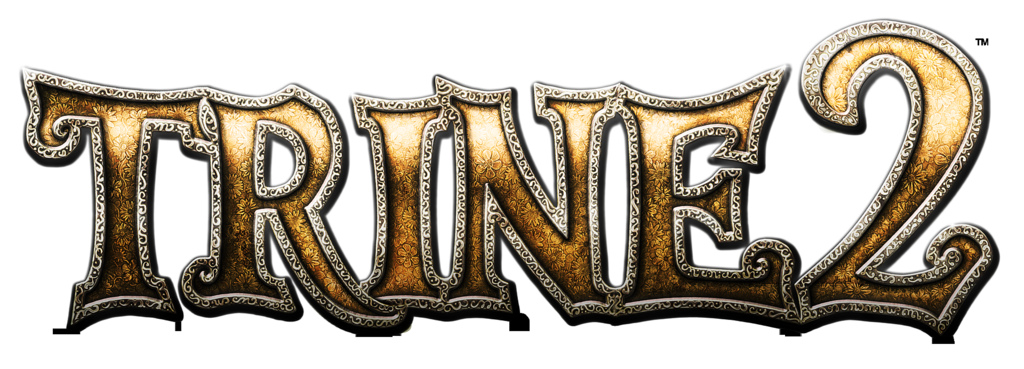
Trine was an excellent adventure game that many people played alone. The multiplayer mode was only available offline, and the class-based platformer from Frozenbyte might have initially seemed too challenging to appeal to casual players.
Trine 2 didn’t change much in terms of core design, but now the game offers a campaign that can be played by up to three players over the network. It’s easy to get into, and the network code is very stable – it’s a significant addition to the game. Suddenly, you can race through this chaotic fantasy universe with friends or strangers, improvising, working together, and fiercely debating who gets to play as the mage.
Otherwise, it’s the same game with vibrant 3D art that Frozenbyte uses to create a new collection of intricate 2D levels with battles and puzzles. Once again, you’ll be accompanied by the heroes from the first part, which means that during the game, you’ll switch between the warrior, the agile thief, and the mage who can levitate objects and create staircases out of decks and planks. Each of them also has a skill tree for developing new abilities that you can choose as you level up. For example, the thief can choose between fire or ice arrows, and the mage can learn to scatter enemies.
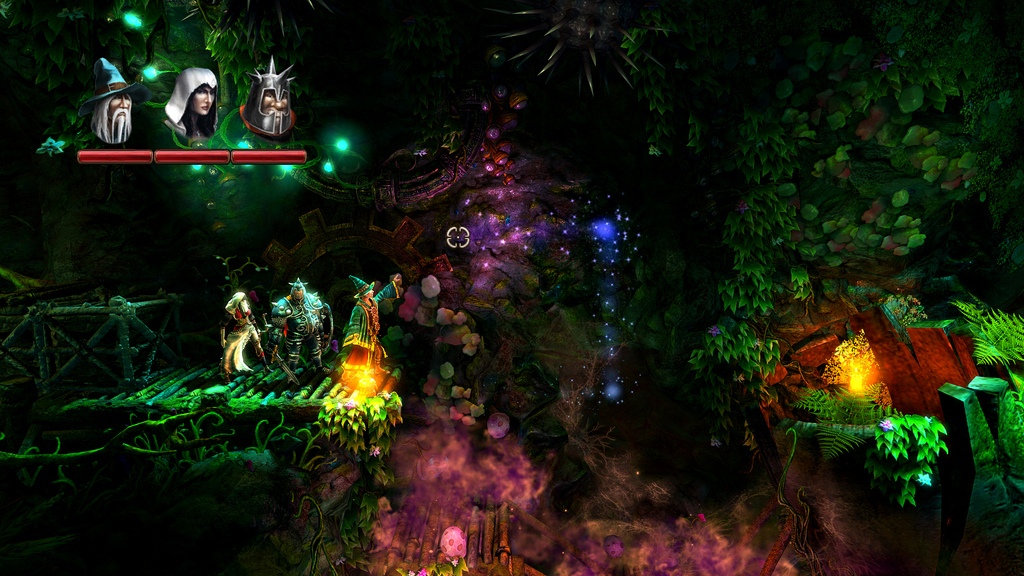
A set of quite ordinary skills leaves a pleasant impression, but still Trine 2 is not an RPG. In fact, it is quite difficult to define the warm charm of the game, as it is not something outstanding in the field of platformers, fighting games, or puzzles. Jumping around is quite interesting, but not necessary; in general, it can be said that the game’s attitude towards movement is more energetic than refined, and the battles are noisy but quite simplified. The puzzles are clever enough but slightly repetitive, while their solutions, which involve pipe construction, box movement, plant growth, and some things from Portal, are unusually inventive.
I suspect that what truly makes all these quite ordinary components special is the game’s physics. As you invent solutions and progress through the level, Trine 2 takes you to places where anything can happen, where terrible incidents suddenly have good consequences, and convoluted plans have a habit of collapsing in the most humorous ways possible. In fact, there is something of the cheerful chaos of the best LittleBigPlanet levels here, but jumping is more convenient. Well, at least a little more convenient.
Scenario A. I am on a fragrant beach near the Siroc Castle, and I am being pursued by a huge red brute with two flaming swords. My warrior and thief will be dead until I reach the next checkpoint, so all I have is my mage, who can summon a good plank but is absolutely useless in battle.
Behind me, everything is bad. Ahead is even worse. Not only is this terrible giant chasing me, but I also see a row of rotating platforms above a pit with stakes that I need to cross. I need to time it right, calculate correctly, even though I am already being desperately hit in the back of the head.
Although there is no need to worry. Not in this case, at least, because the red brute stumbles and falls into the thundering mechanisms that set these nasty platforms in motion, and they conveniently become stable so that I can run to the other side. When I bounce off, I hear the mechanisms chewing up my failed killer. It’s funny and strange, and at the same time, it’s not scripted in the game, and it won’t happen again during subsequent playthroughs of this level. In other words, it’s the right kind of game memory.
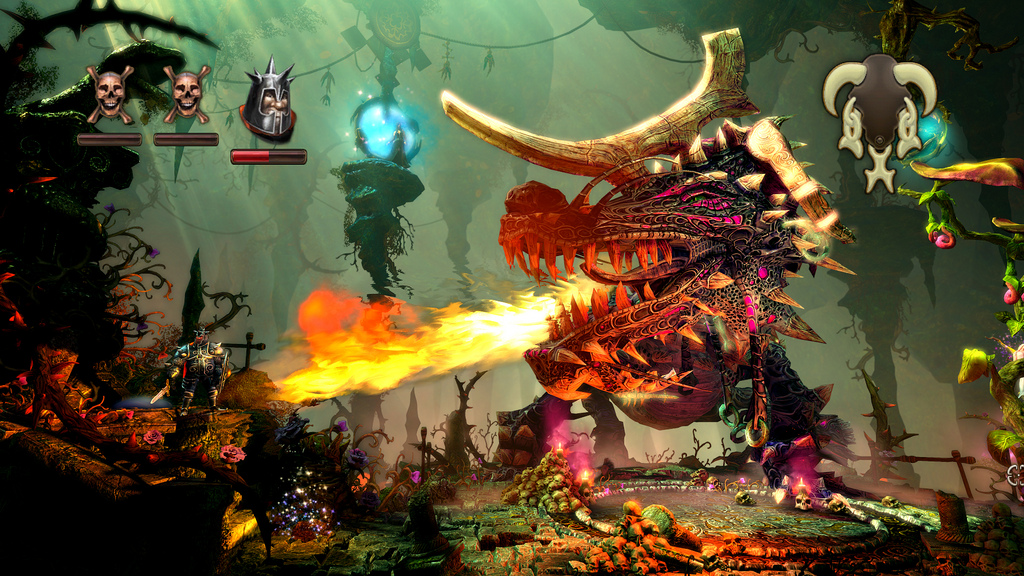
Situation B is more complicated. We are still at the castle level, but the game has frozen, I mean it has actually frozen. The plan is for me to open the hatch to shoot an arrow at the water bubble hiding inside, so that the water seeps onto the shoot, which will then grow into a beanstalk, allowing me to progress. (And so on throughout the game). And here’s the problem: the hatch is stuck and won’t open, and the water bubble is turned in the wrong direction and jerking.
After experimenting a bit, I realize that I can still shoot at it. I can use the warrior’s enhanced hammer to break the water bubble from the other side of the hatch. The only problem is that, since the hatch is closed, the water will spill too far from the shoot. Oh well!
It’s time for the mage to work, as often happens in Trine – it’s time to build an unstable stack of blocks on the other side of the screen, and then wedge a board into it. (By the way, this board becomes the “god from the machine” for the whole game, it fits perfectly for almost everything). The end of the board is pushed under the hatch, the water flows down it and onto the shoot. The game has frozen, but I figured out how to fix it and got a beautiful young bean shoot as a reward.
Such situations occur several times throughout Trine 2. I’m not going to say that it’s good to have bugs in a game, because at least one of them (near the end of the Eldritch passage) can send you back to the very beginning of the level and there’s no way to improvise with it. I mean that often, when you get stuck because of something not your fault, the game’s physics allows you to find a new way to overcome the obstacle.
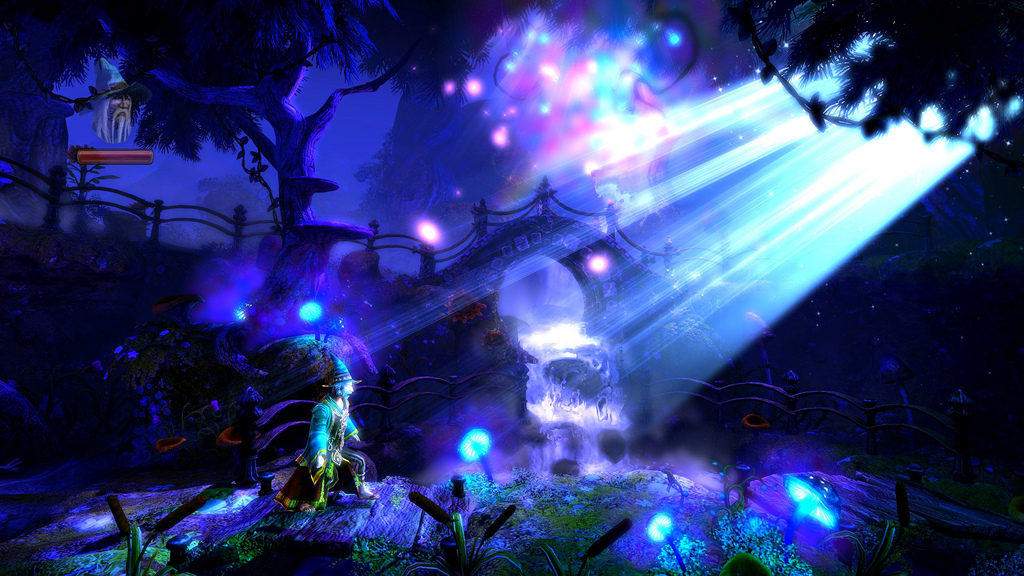
Partly, this is due to the design of Trine 2, as it is assumed that you should be able to overcome most obstacles in the guise of any of the three characters, so everything should be slightly weakened and agile. Partly, this goes beyond the design and is about the overall approach of the game to building the universe: the mechanisms really work and therefore it is fun to play with them, even if the puzzles themselves are a bit boring, or in those rare cases when the game glitches.
And of course, Trine 2 is a game meant to be admired. While the first part was sometimes too detailed, the sequel from Frozenbyte manages to perfectly balance its landscapes: twisted vines in the foreground give way to a beautiful gloomy church in the background, and mysterious castles are located against the backdrop of sandy shores and crimson sunsets.
In other video games, there are plenty of the same icy levels and intricate caves that appear in Trine 2, but they are usually perceived as decorations for some mediocre fantasy TV series. Here, they pass by you like real fairy tale illustrations, and there are plenty of small pleasant details in them: pieces of pumpkin or piles of starfish that you jump on, mechanisms made from parts of ancient diving bells or moving platforms that are embraced by the tentacles of an octopus assistant.
Nevertheless, it is a strange game. Trine 2 consists of ideas that are much better implemented in other games, but it combines them in such a way that it makes you forget about most of its shortcomings. If you love amazing platformers and intricate puzzles, you won’t be impressed. And if you just need beautiful landscapes and true friendship, then you don’t have to dream of anything better.
Share
Discuss
More Reviews
